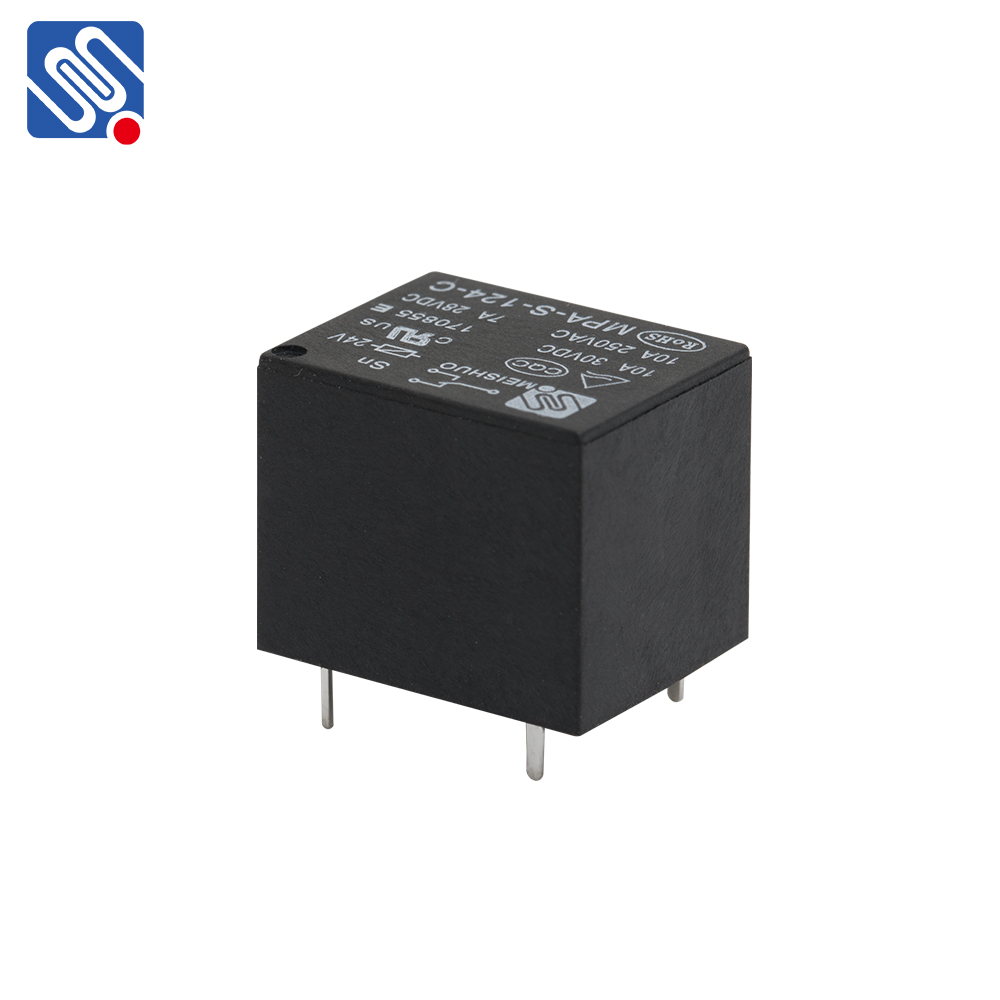understanding relay drive: a key component in electrical control systems
Release time:2025-04-20 18:48:56
Relay drives are essential components in electrical and electronic control systems, offering both reliability and efficiency in the management of electrical circuits. They are commonly used in various applications ranging from automotive systems to industrial machinery, where switching electrical loads on and off is required. This article explores the function, types, and advantages of relay drives, highlighting their importance in modern-day automation.

What is a Relay Drive?
A relay drive is an electrical device that controls the operation of a relay, which, in turn, is used to switch electrical circuits. A relay itself is an electrically operated switch that allows a small electrical current to control a larger current. The relay drive acts as the intermediary between the control system and the relay, providing the necessary power and signals to trigger the relay's activation or deactivation.
Typically, relay drives work by sending a control signal to the relay’s coil, which generates a magnetic field. This magnetic field either opens or closes the relay’s contacts, depending on the type of relay and the intended function. The relay drive must ensure that the appropriate voltage and current are provided to the relay to operate correctly.


